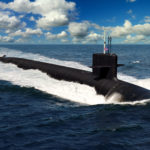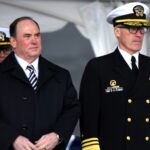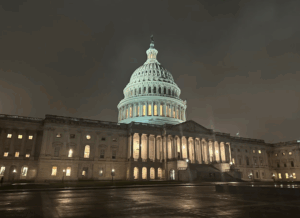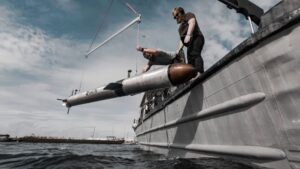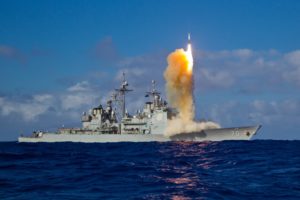
House authorizers' draft FY 2025 defense authorization bill includes several strings for the Navy reducing certain forces or fleet numbers, including restrictions on more than two cruiser retirements. The draft bill particularly says FY ‘25 funding cannot be used to retire or inactivate the USS Shiloh (CG-67) Lake Erie (CG-70) or more than two other guided missile cruisers. The Navy’s FY ‘25 budget request specifically seeks to retire CG-67 and CG-70 two to three years before their planned service lives.…

 By
By 
